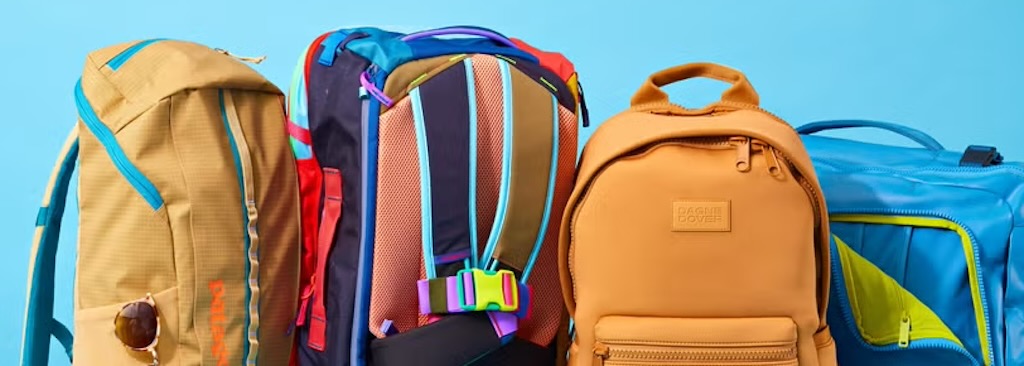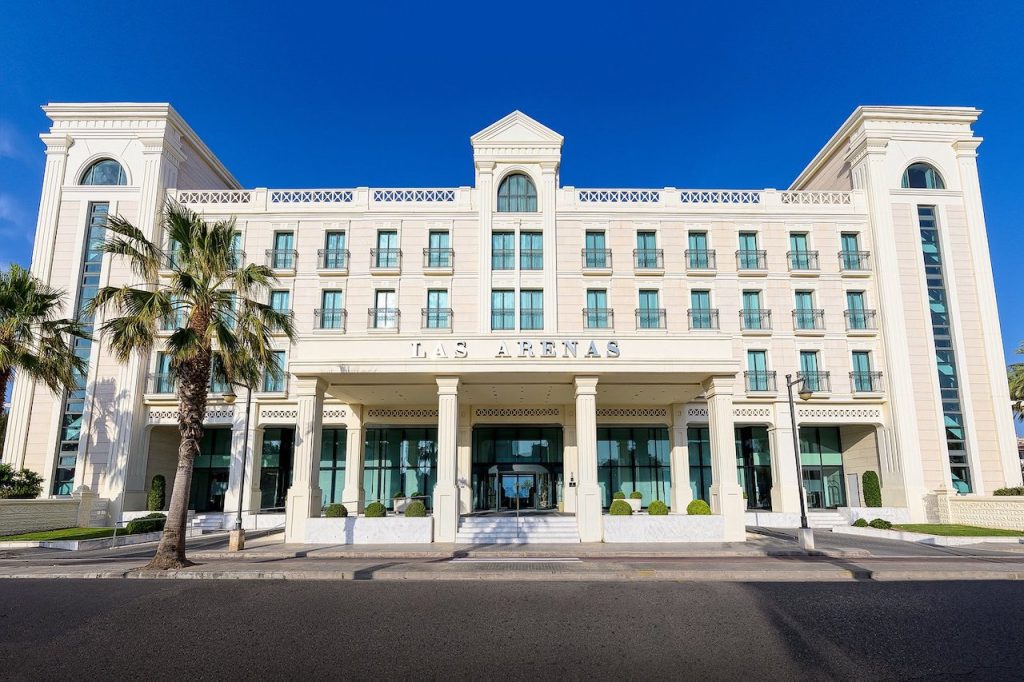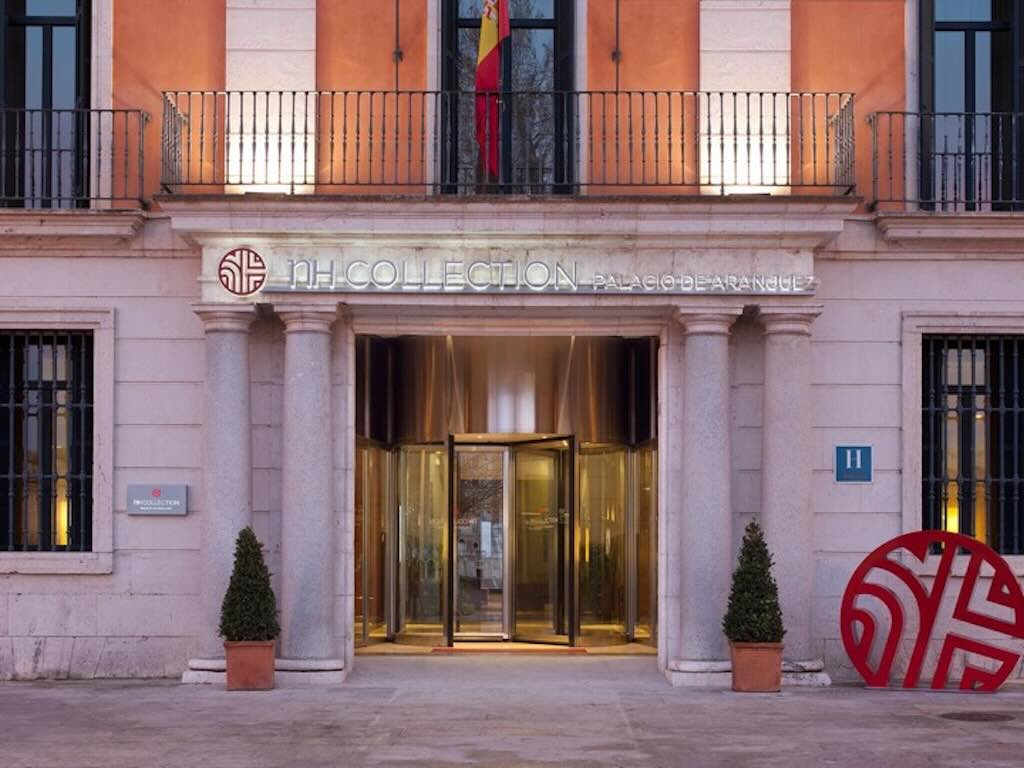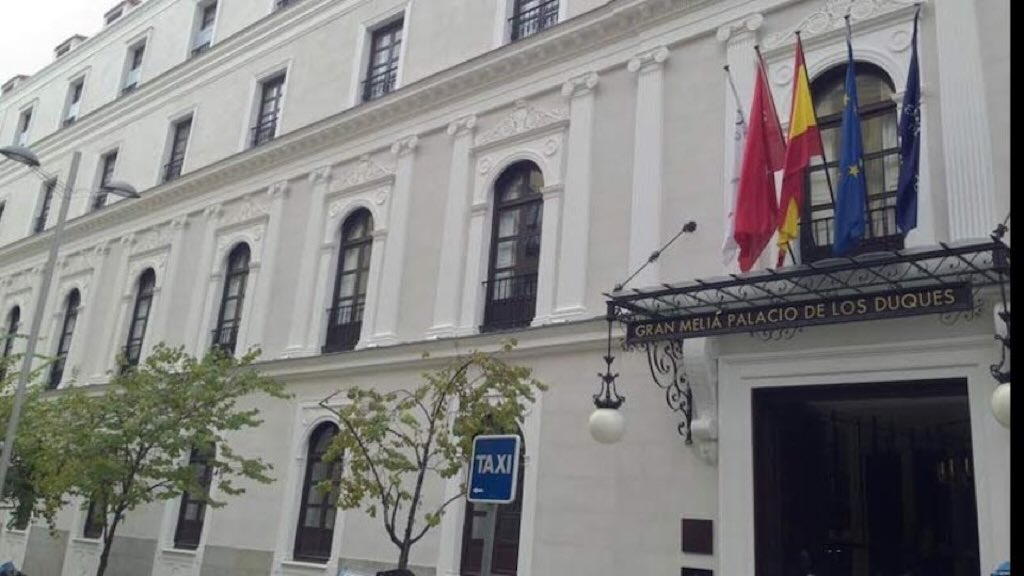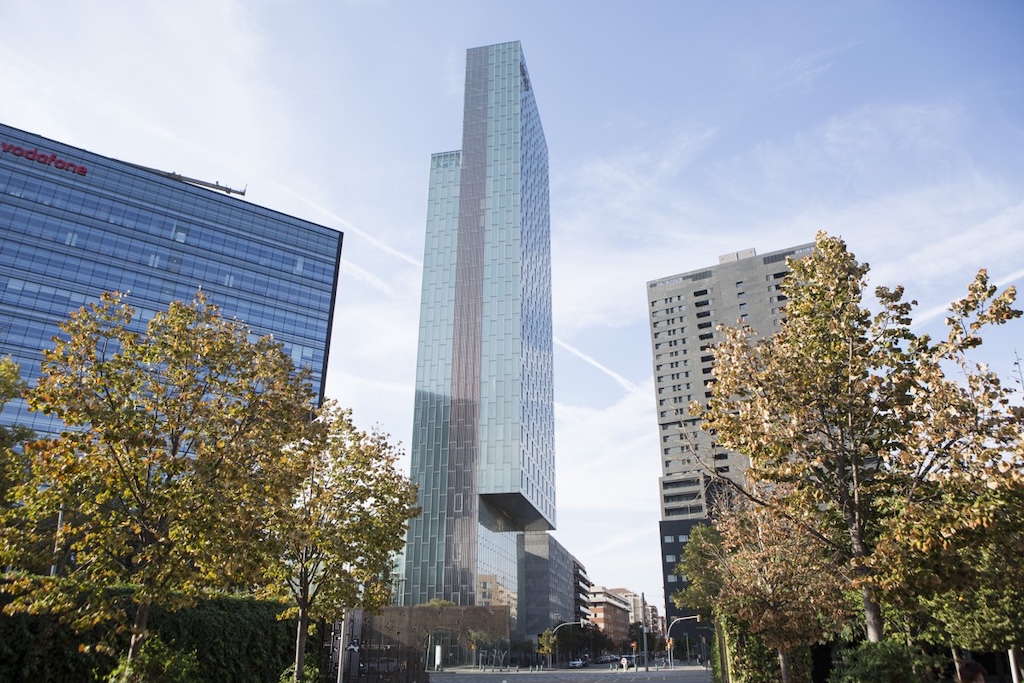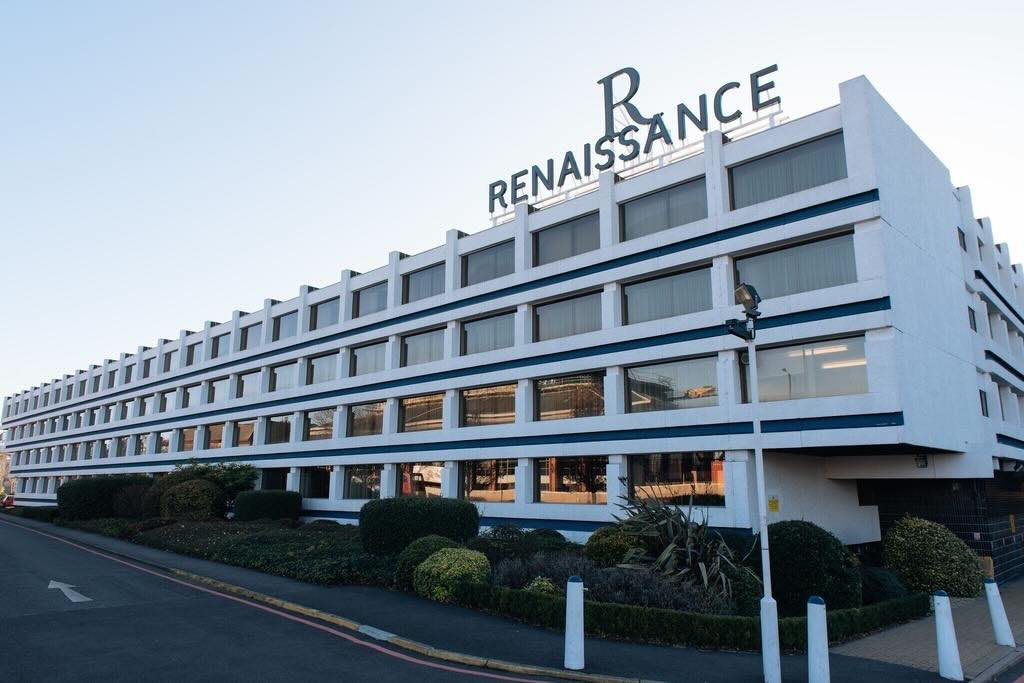I’ve inserted some comments (in italics) based upon a trip my wife and I made for 53 nights in Dubai and Phuket. And more recently (2024) I’ve also re-validated this list when I made a cruise to the Antarctic, travelling via Buenos Aires.
This is a “don’t forget the charger” general purpose checklist or reminder which must be customised for any specific trip.
Luggage and baggage means the same thing, I just happen to use the word luggage.
Let's start with check-in luggage
The most import rule is don’t leave anything important or valuable in check-in luggage.
This means that all personal belongings and valuables must go in hand luggage.
Check out my check-in packing list.
What exactly is hand luggage?
The definition of hand luggage is quite fluid, but the definition of carry-on luggage (cabin luggage) is usually quite strict.
Wikipedia’s entry on hand luggage actually only described carry-on luggage (cabin luggage), that goes in an aircraft overhead locker or under the seat.
As of 2022, the International Air Transport Association (IATA) recommends a maximum size of 56×45×25 cm, including protuberances like wheels, handles, and pockets. So for example, my Samsonite spinner is hand luggage, as is my backpack.
It’s worth noting that different airlines apply different rules for hand luggage.
For example, Ryanair is very restrictive in limiting carry-on to 20 litres (40×25×20 cm), but there are also airlines that have a linear limit of around 115 cm (height+width+depth). When travelling it’s important to find out what the specific airlines rules are.
And of equal importance, are limits applied for the total weight of carry-on luggage, which can vary from 6 kg to 10 kg.
Preparing carry-on luggage
Airport carry-on hand luggage should hold passports and ID-cards, travel documents, tickets, visas, money, credit cards, essential medication, cameras, phones, laptop/tablet, keys, spare prescription glasses, etc.
I put these valuables in a series of separate transparent Ziploc bags (don’t put everything in one big bag). Travel documents (including boarding passes) can go together in an easy to access travel pouch (some people have a “fanny pack“). I place my laptop/tablet in separate individual protective pouches, and also ensure that all my electronic equipment (including the camera) are charged, and easy to access during security screening (can be switched on if asked). I also take chargers and cables in my carry-on backpack (reserve chargers and cables go in check-in luggage). I include my spare prescription glasses in their protective case (also for my prescription sunglasses). I try to avoid taking any liquids or creams in my hand luggage (but otherwise follow strictly the rules). For example, I put disinfectant sprays in check-in luggage, and take disinfectant wipes in my carry-on.
The exception was my wife’s vanity case, which had a life of its own (and its own packing list). It was home to a minimum set of creams, liquids, sprays, etc. that she wanted with her, including her essential medication. My wife always told me that her ‘eau de toilette’ was an absolutely essential carry-on item for any French woman. These liquids, creams, etc. in her hand luggage always conformed to the strictest carry-on rules, and were in a series of small Ziploc bags.
As an aside I always travel with a second smartphone, with a SIM and subscription from a different operator in a different country. I leave it charged but switched off during transit.
On both check-in and carry-on luggage I have TSA-approved padlocks on all zips. I have AirTag’s hidden in all my luggage.
Many carriers explain that medicinal tablets and capsules can go in checked luggage or in hand luggage, but must be accompanied by a doctor’s prescription. In my opinion, all essential medication, if possible in their original boxes along with the instructions for use, and with the prescriptions, should be separately packed and kept in carry-on luggage.
I prepare printed packing lists for both check-in and carry-on. I also have copies of any recent bills, proof of purchase, etc., just in case (e.g. laptop, tablet, camera, …). Sometimes people are questioned by the customs about what looks like something newly purchased whilst travelling, and original invoices can show where and when the item was originally purchased.
I also have in my carry-on luggage printout copies of my passport & ID, visas, travel documents, credit cards, etc.
I also carry printouts of my travel insurance documentation, including a statement from my heath insurance, and any forms needed for medical exams and claims resulting from an accident. (This second set of printouts can also go in check-in luggage).
I label all bags (including carry-on) with name, destination address, email address and mobile phone number. I also print out the same information in a large bold font on a A4 sheet and place it inside both my check-in and carry-on luggage. If you are moving from one destination to another, prepare different labels.
During my trip to the Antarctic, the cruise company required that luggage had to be correctly labelled, with complete name, the name of the ship, the destination and number of the cabin.
Always check the fine print. For example, for the cruise there was a long list of forbidden items, which included water heater, rice cooker, drones, radio-navigator, laser pointers, Samsung Note 7, and candles.
I take photographs of all luggage, including during packing. It helps also when I have to unpack and repack during a stopovers. For short stopovers, I try to separate what I need so as not to disturb too much the contents of my luggage during transit.
I also travel in a simple warmish jacket, always with zipped pockets (remember airplanes can be quite cold). So I can put everything in the zipped pockets and dump the jacket in the tray for security control.
In airports, planes, taxis, etc. I try to never keep stuff in trouser pockets, always in zip pockets. I’m a great fan of tops that have interior zipped pockets.
Don’t put any important hand luggage in the boot of a taxi, keep it down by your feet.
Carry-on packing list
What to take in carry-on luggage should be driven by three questions:-
- What do I need to complete my trip, and drill right down to hotel reservations, addresses and phone numbers, small change for taxis, etc.
- What is too valuable to be put in check-in luggage, such as laptop, money, camera, keys, etc.
- And (optional) what will I need for the first 24 hours, if my check-in luggage gets lost.
One can include lots of things in hand luggage, but always carry:-
-
Passports, visa’s, money and credit cards, tickets and travel documents, keys, … (the message is don’t leave anything valuable or that can not be replaced in check-in luggage)
-
Travel itinerary, emergency contact numbers, photocopies of all important documents
-
All essential medication, with instructions for use, and if possible the original packing
-
Laptop and phones with chargers and cables
-
Camera with charger and cable to connect to laptop
-
Jewellery/Valuables
-
House and car keys
-
Glasses (including corrective sunglasses, however spares can ho in check-in luggage)
-
Compression stockings (if you have not already put them on).
Concerning jewellery and watches, my wife tended to only take a few pieces of costume jewellery, and a couple of cheap watches (I just use my iPhone).
Some people carry a money belt. This does offer additional protection, but I find it also puts a target on your back. I try to leave as much stuff in the hotel wall safe as possible, and distribute money in my different pockets. I also like ID cards, so I can leave passports, etc. in the hotel wall safe.
I always have a laptop (and sometimes a tablet), and at least two phones, with SIM’s and separate subscriptions in two different countries. I often carry a spare third phone which can be used for a local carrier SIM. At least one charger and cable goes in carry-on, and I always take a set of spare chargers and cables in my check-in luggage.
There was an extended period when I simply replace my “point-and-shoot” Sony Cyber-shot camera with my iPhone. But I now have again started to use my Sony camera. The reason is simple. The iPhone has become so essential to modern living, that I can’t afford to loose it or have it stolen. I keep the phone with me, but prefer not to “flash it around”, and the little Sony is a great camera, easy to carry with it’s wrist strap, and connects easily to my laptop.
Plug/Socket adaptors (but these can also go in check-in luggage).
Electric Razor (can also go in check-in luggage).
Carry-on options and extras
It’s a great idea to also include the following in hand luggage:-
-
Antibacterial hand gel (always use before eating on a aeroplane)
-
Antibacterial wipes (use to clean surfaces such as aeroplane seats and armrests, tray table, remote controls, ….)
-
Chewing gum (used to ease popping in the ears)
-
In a toiletry kit it’s a good idea to include a facial cleanser, toothbrush and toothpaste, and an instant stain remover (type ‘Tide To Go‘ in the form of a liquid pen), tissues, lip balm, comb, etc.
-
Neck pillow (for me this in not an option)
Take essential medication as carry-on, and include Aspirin, Diotame (anti-acid) and an antihistamine.
Take extra Zip-loc bags
Always have some pens and post-it’s (again in a separate Ziploc so as to avoid any leaks)
Remember you may need some local cash for porters, taxi, … (another Ziploc)
Keep with you any vouchers, etc. that you may have pre-booked and/or pre-paid
If possible include a change of clothes in hand luggage (you never know). This could just be a pair of disposable underwear.
General travel advice
The key is to be comfortable when travelling, and that means:-
- Don’t worry about chic, dress comfortably, think layered stretchy clothes, breathable fabrics, loose trousers or pants, simple tops with zip pockets. … (Jeans are usually not that comfortable when sitting for hours)
- My wife would always travel with light-weight Cashmere wrap (she kept it as a filler-padding in her vanity case)
- Many people suggest warm socks
- Wear shoes that are comfortable and easy to slip on and off
- To some people books, ebooks, MP3 players, headphones, tablet, etc. are essential, but to others they are optional. My wife usually tried to sleep so a neck cushion was essential. I take a neck cushion and a good pair of noise-cancellation headphones that connect to my iPhone. I don’t watch videos etc., but I always travel with an updated collection of podcasts, and of course my music library.
And remember at entrances and joining queues always go left, it is said that most people tend to go to the right… This has never been a problems for me because I’m left-handed.
Last minute list
I stick this list to the back of our front door so we can see it everyday, and its the last thing we see as we leave to the airport, …
Keys
Travel documents/tickets
Passports/ID cards
Driving licence
Credit cards
Computer/tablet/mobile phone (optional: spare phone, separate backup drives)
Chargers/cables
Socket adapters
Camera/memory cards
Toothbrush/toothpaste
Razor
Photocopy of essential documents (tickets, passports, credit cards, etc. …)
Essential medication, and list of medication/prescriptions/doctor certification
List of contacts (bank, health insurance, travel insurance, national embassy/consulate, …)
Accident declaration forms/medical certificate templates.
Based upon what I had forgotten in the past my list has at the top in bold a “Don’t forget me” with electric shaver and charger cable, phone charger, local currency coins, …, and for my wife, eye makeup remover.
And with COVID I added face masks and hand sanitisers.
